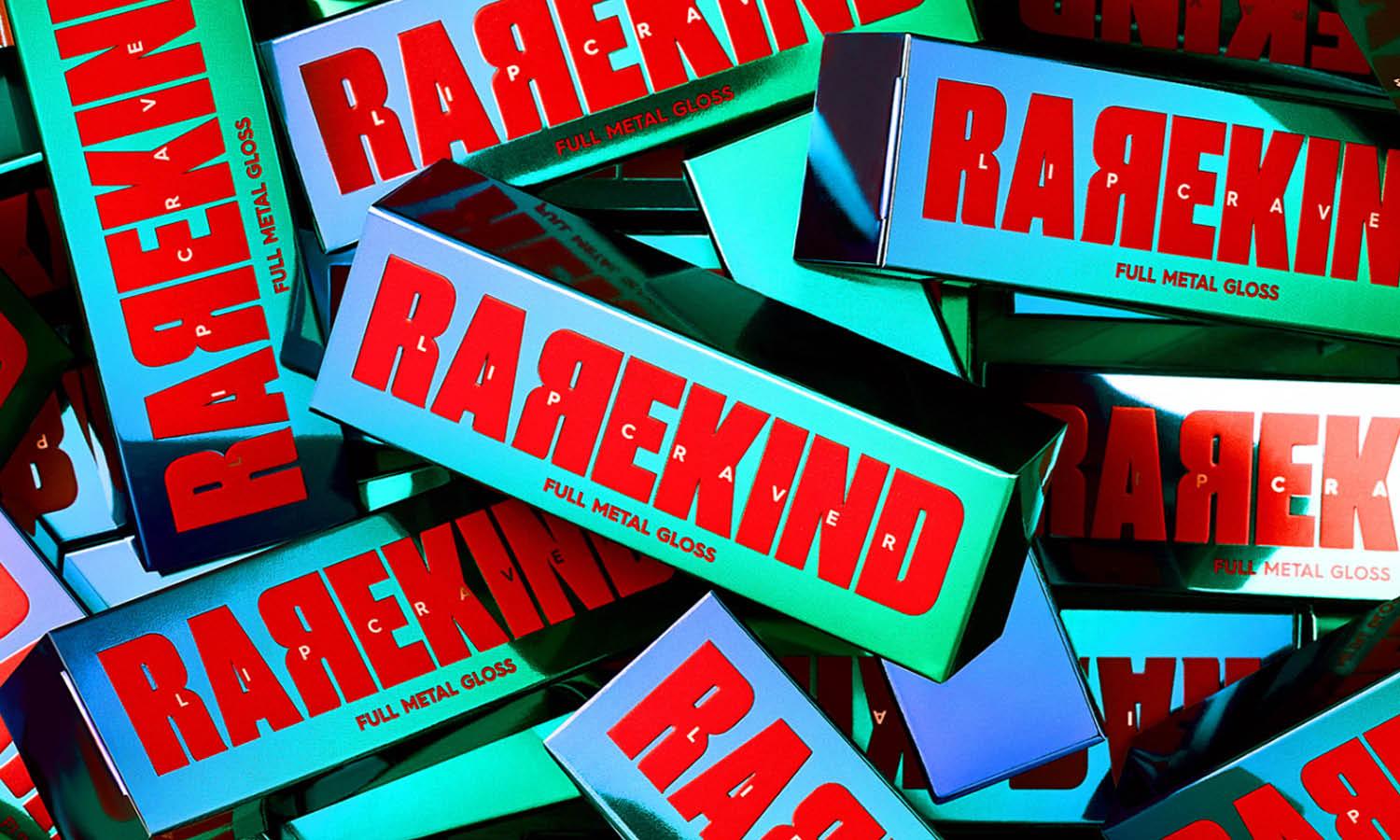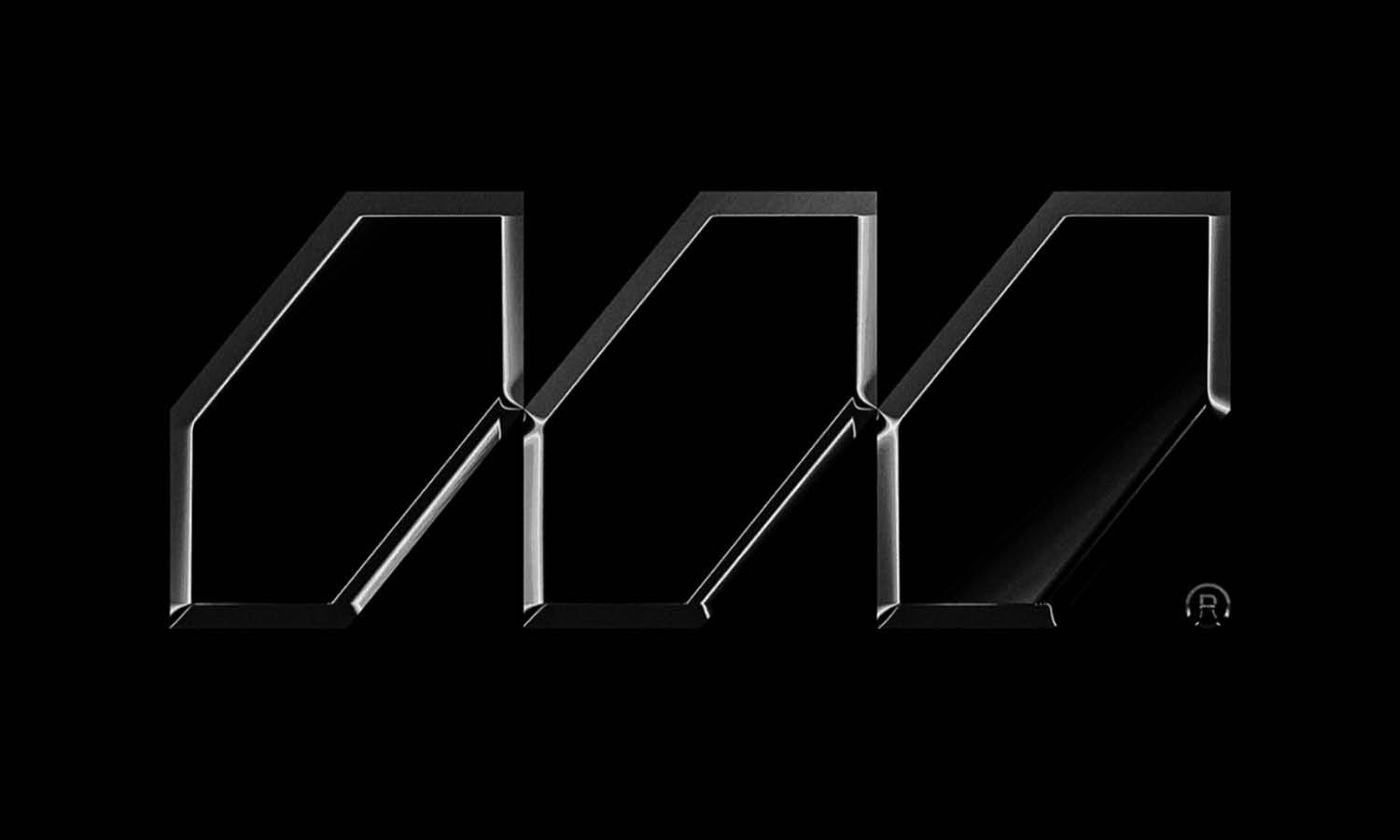Understanding the Legal Limits of Company's Logo Redesigns

In the dynamic world of branding, a logo redesign can signify a fresh start or a strategic shift. However, this visual evolution carries more than just aesthetic implications; it is laden with legal considerations that must be meticulously managed to safeguard the brand's integrity and compliance. When a company decides to undertake a logo redesign, understanding the legal landscape becomes paramount. The process involves navigating through intricate trademark laws, copyright rules, and cultural sensibilities, ensuring that the new design does not infringe on existing legal rights or mislead consumers.
Moreover, a logo is not merely a graphic symbol; it embodies the company's reputation and is pivotal in how stakeholders perceive its values and offerings. Therefore, handling the legalities with precision is not just advisable but essential to avoid costly disputes and to maintain the trust and recognition the logo has accumulated over the years. This introduction will delve deeper into the legal limits and responsibilities involved in logo redesigns, providing a roadmap for legally compliant and successful branding transitions.
Respecting Trademark Laws
A fundamental aspect of legally sound logo redesigns involves adhering to trademark laws, which are critical in preventing infringement and maintaining a brand's unique identity. When undertaking a logo redesign, it is essential to conduct a comprehensive trademark search. This process not only checks the new design against registered trademarks but also ensures it does not closely resemble any existing logos that could cause confusion in the market. Such diligence helps protect a company from potential legal disputes, which can be costly and damaging to the brand's reputation.
Additionally, it's important to consider the scope of trademark protection, which varies by jurisdiction. A design that might be acceptable in one country could infringe on existing trademarks in another, especially if the company operates internationally. Collaboration with intellectual property attorneys can provide insights into these complexities, offering guidance on how to navigate the multi-jurisdictional legal landscape.
Understanding that trademark rights can evolve, companies must also monitor their redesigned logos over time. Maintaining registrations and keeping abreast of new trademark filings by others are proactive measures to safeguard a redesigned logo legally. By thoroughly respecting trademark laws, companies not only prevent legal backlashes but also forge a stronger, more distinctive brand identity in a competitive market.
Avoiding Deceptive Similarities
In the intricate process of logo redesign, one legal imperative is to avoid creating a logo that could be perceived as deceptively similar to another brand’s trademarked identity. This involves steering clear of design elements that might mislead consumers into associating the new logo with a different company, which can lead to accusations of unfair competition and trademark infringement.
To mitigate these risks, it’s crucial to undertake a comparative analysis of existing logos within the same industry and beyond. This analysis helps identify elements that are distinctively associated with other brands, thereby guiding the design process to avoid these identifiers. By ensuring that the logo redesign is distinctly different, companies can maintain their unique brand identity while respecting the intellectual property of others.
The avoidance of deceptive similarities is not just a legal requirement but also a strategic approach to maintaining customer trust and loyalty. Consumers who feel misled by confusingly similar logos might lose trust in the brand, potentially leading to a loss of business and damage to reputation. Therefore, investing time and resources in ensuring a unique and legally compliant redesign is crucial for long-term success.
Incorporating original artwork, unique color combinations, and distinctive font styles can differentiate a logo effectively. Moreover, ongoing legal consultations throughout the design process can preempt potential legal challenges, ensuring the redesigned logo proudly represents the brand without stepping into legally murky waters.
Consulting Legal Experts
In the realm of logo redesign, consulting legal experts is not just beneficial; it is imperative for ensuring that the new design adheres to the complex web of intellectual property laws. Legal professionals specializing in trademark and copyright law play a crucial role in guiding companies through the legal nuances of a logo redesign. Their expertise helps identify potential legal risks and provides strategies to mitigate them before they escalate into more significant issues.
Engaging with legal experts early in the redesign process allows for a thorough review of the proposed designs from a legal standpoint. These professionals can conduct detailed trademark searches to ensure that the new logo does not infringe upon existing trademarks, both within the same jurisdiction and internationally. This step is critical for companies looking to expand or maintain a global presence.
Moreover, legal advisors can help draft and review contracts related to the logo redesign, particularly when external design agencies or freelancers are involved. Ensuring that intellectual property rights are clearly defined and protected in these agreements is crucial for maintaining control over the logo’s use and distribution.
Ultimately, the consultation with legal experts ensures that the redesigned logo can be used without legal constraints, supporting the brand’s growth and evolution while minimizing the risk of costly legal disputes. This proactive approach not only secures the legal standing of the logo but also reinforces the company’s commitment to ethical business practices.

Understanding Copyright Ownership
When embarking on a logo redesign, understanding the copyright ownership of the original logo is essential. This understanding is crucial as it affects the extent to which the logo can be modified or reused. Copyright laws protect the original creator’s rights, ensuring they retain control over their work unless those rights are explicitly transferred through a legal agreement.
In many cases, the copyright of a logo may reside with the designer or design firm that created the original logo, unless there was a prior agreement that assigned those rights to the company. It’s vital for companies to review any contracts or agreements from the original logo creation to determine where these rights lie. If the rights are not owned by the company, negotiations may be necessary to acquire them before initiating a redesign.
Furthermore, companies must consider the duration of copyright protection, which varies by country but generally lasts for the life of the creator plus several decades. Understanding these details helps avoid legal issues that could arise from using copyrighted elements without proper authorization.
For companies that own their logo’s copyright, it's easier to proceed with a redesign. However, they should still document all modifications and register the new design as necessary to protect it under copyright law. This registration serves as legal evidence of ownership, which can be invaluable in defending against infringement claims.
Recognizing the complexities of copyright ownership and taking appropriate legal steps ensures that a logo redesign progresses smoothly, with all due rights observed, supporting the brand’s legal security and creative evolution.
Maintaining Brand Identity
During a logo redesign, maintaining the core elements of the brand's identity is crucial to ensure continuity and recognition among consumers. The challenge lies in innovating while retaining the essence that customers have come to associate with the brand. Legal considerations play a pivotal role here, as significant deviations may lead to confusion and dilution of the trademark's strength, potentially weakening legal protections against infringement.
When approaching a logo redesign, companies should prioritize elements that are synonymous with their brand identity. This may include specific color schemes, motifs, or typography that are already well-established in the market. Altering these elements too drastically can lead to a disconnect with the audience and may require re-establishing the brand's presence, which is both costly and time-consuming.
Moreover, it is essential to ensure that any new design elements do not conflict with existing legal trademarks, particularly within the same industry. A logo that becomes too generic after a redesign might lose its distinctiveness, making it harder to protect legally. Companies should work closely with design and legal professionals to strike a balance between fresh, innovative design and the continuity of their brand’s identity.
This careful approach not only preserves the brand's heritage but also supports its ongoing market relevance and legal defensibility. By maintaining key elements of their identity, companies can enhance their brand's recognition and loyalty, which are invaluable assets in a competitive business environment.
Complying with Advertising Standards
Logo redesigns, while primarily a creative endeavor, must also adhere to stringent advertising standards to ensure that they do not mislead or deceive consumers. This compliance is crucial not just from an ethical standpoint but also from a legal perspective, as failing to do so can result in severe penalties and damage to the brand’s reputation.
Advertising standards vary by region but generally mandate that logos and associated branding elements must truthfully represent the company and its products or services. Misrepresentation through misleading design can lead to accusations of false advertising. For instance, incorporating elements that suggest endorsements or certifications that the company does not possess can mislead consumers and attract legal action.
Furthermore, certain industries have specific regulations regarding logo design, such as health care and financial services, where the potential for consumer deception is particularly high. Companies in these sectors must be particularly diligent in their redesign efforts to ensure all industry requirements are met.
It is advisable for companies to engage with legal experts specializing in advertising law to review the redesigned logo before it is publicly launched. This review can help ensure that the logo complies with all applicable advertising standards and that the redesign does not inadvertently expose the company to legal challenges.
Documenting Design Changes
Documenting every step of the logo redesign process is not only beneficial for maintaining a clear historical record but also crucial for legal protection. This documentation should include initial concepts, design drafts, feedback iterations, and final approvals. Keeping a detailed log can serve as evidence in protecting the new logo's uniqueness and ownership, should legal issues arise.
It is advisable to use formal design documentation, which captures the rationale behind each change, the decision-making process, and any intellectual property considerations addressed during the redesign. This could involve descriptions of color schemes, typographical choices, and any symbols added or modified. Such records should be dated and, where possible, signed off by the relevant decision-makers.
Legal professionals can utilize these documents to demonstrate the originality and intent of the design in case of disputes over copyright or trademark infringement. They help establish a chain of creativity and decision-making that supports the uniqueness and legality of the logo.
Furthermore, when working with external designers or agencies, it is crucial to ensure that all rights to the designs are transferred to the company upon completion. This transfer should be documented and include explicit mention of ownership rights over the final logo and any preliminary works.
By thoroughly documenting design changes, companies not only streamline the redesign process but also fortify their legal stance, ensuring that their new logo remains a defensible and valuable asset to the brand.

Acknowledging Cultural Sensitivities
In the global marketplace, acknowledging cultural sensitivities is paramount during a logo redesign. A design that is well-received in one culture might be offensive or inappropriate in another. Hence, understanding cultural implications is not just about respecting diversity but also about mitigating legal risks associated with cultural insensitivity.
When redesigning a logo, it is crucial to conduct comprehensive research into the symbols, colors, and imagery used to ensure that they do not carry negative connotations in significant markets. For instance, certain colors or icons may represent prosperity and success in one culture but may be linked to mourning or bad luck in another.
Engaging cultural consultants can provide insights into local customs and traditions, helping to tailor the logo to resonate positively across different regions. This approach not only enhances brand reception but also prevents potential backlash and legal complications that could arise from cultural missteps.
Additionally, companies should consider public feedback on their redesigned logos, especially from diverse demographic groups. This feedback can be instrumental in identifying unintended cultural faux pas before the logo is widely adopted.
Legal issues can ensue if a logo is deemed disrespectful or derogatory, potentially leading to bans or penalties in sensitive markets. Therefore, integrating cultural awareness into the logo redesign process is not just good practice; it is a legal imperative that protects the company and reinforces its commitment to global corporate responsibility.
Avoiding Misrepresentation
In the context of a logo redesign, avoiding misrepresentation is crucial not only for maintaining consumer trust but also for adhering to legal standards. Misrepresentation can lead to legal repercussions under false advertising and consumer protection laws. A logo that implies qualities or affiliations that the company does not possess misleads consumers and damages brand integrity.
To avoid such pitfalls, companies must ensure that their redesigned logo accurately reflects the services or products they offer. It should not suggest any unwarranted associations with entities or characteristics that the company does not legitimately align with. For example, using medical symbols in a logo when the company does not provide healthcare services could be considered deceptive.
Legal consultations during the design process can help identify elements that might be misinterpreted. Lawyers can provide guidance on the implications of certain symbols and texts used in the logo, ensuring they comply with industry regulations and advertising standards.
Additionally, it's vital to review all marketing materials and product descriptions that incorporate the new logo to ensure consistent and truthful messaging across all platforms. This consistency helps build a trustworthy brand image and minimizes the risk of consumer deception.
Integrating Contractual Obligations
Integrating contractual obligations into the logo redesign process is essential to ensure all legal aspects are addressed, protecting both the company's and the creators' rights. This includes understanding and documenting the rights associated with the original logo and the terms governing the redesign.
When hiring external designers or agencies, it is critical to establish clear contracts that specify the scope of work, deliverables, timelines, and most importantly, the ownership of the logo once created. These agreements should explicitly state that the company will own all rights to the final logo design, including any preliminary sketches and iterations, to avoid any future disputes over copyright or usage.
Contracts should also cover aspects such as confidentiality, especially if the logo redesign is part of a larger rebranding strategy that has not been made public. Additionally, clauses related to revisions, termination conditions, and payment terms must be clearly defined to prevent misunderstandings.
Legal advice is invaluable in drafting these contracts to ensure they are comprehensive and enforceable. Lawyers specializing in intellectual property and contract law can help tailor agreements that meet the specific needs of the company while safeguarding against potential legal issues.
By thoroughly integrating contractual obligations into the logo redesign process, companies can maintain control over their brand identity and avoid complications that could arise from poorly defined agreements. This attention to detail ensures that the redesign progresses smoothly and the final product legally aligns with the company's strategic goals.
Conclusion
Navigating the legal complexities of a logo redesign requires a meticulous approach to ensure that the new design is both innovative and compliant with legal standards. From respecting trademark laws to integrating contractual obligations, each step must be carefully documented and reviewed to safeguard the brand’s identity and integrity. Consulting with legal experts, understanding copyright ownership, and acknowledging cultural sensitivities are crucial to avoiding legal pitfalls. By prioritizing legal diligence alongside creative innovation, companies can successfully manage a logo redesign that not only enhances their brand but also fortifies their legal and market position.
Let Us Know What You Think!
Every information you read here are written and curated by Kreafolk's team, carefully pieced together with our creative community in mind. Did you enjoy our contents? Leave a comment below and share your thoughts. Cheers to more creative articles and inspirations!
















Leave a Comment